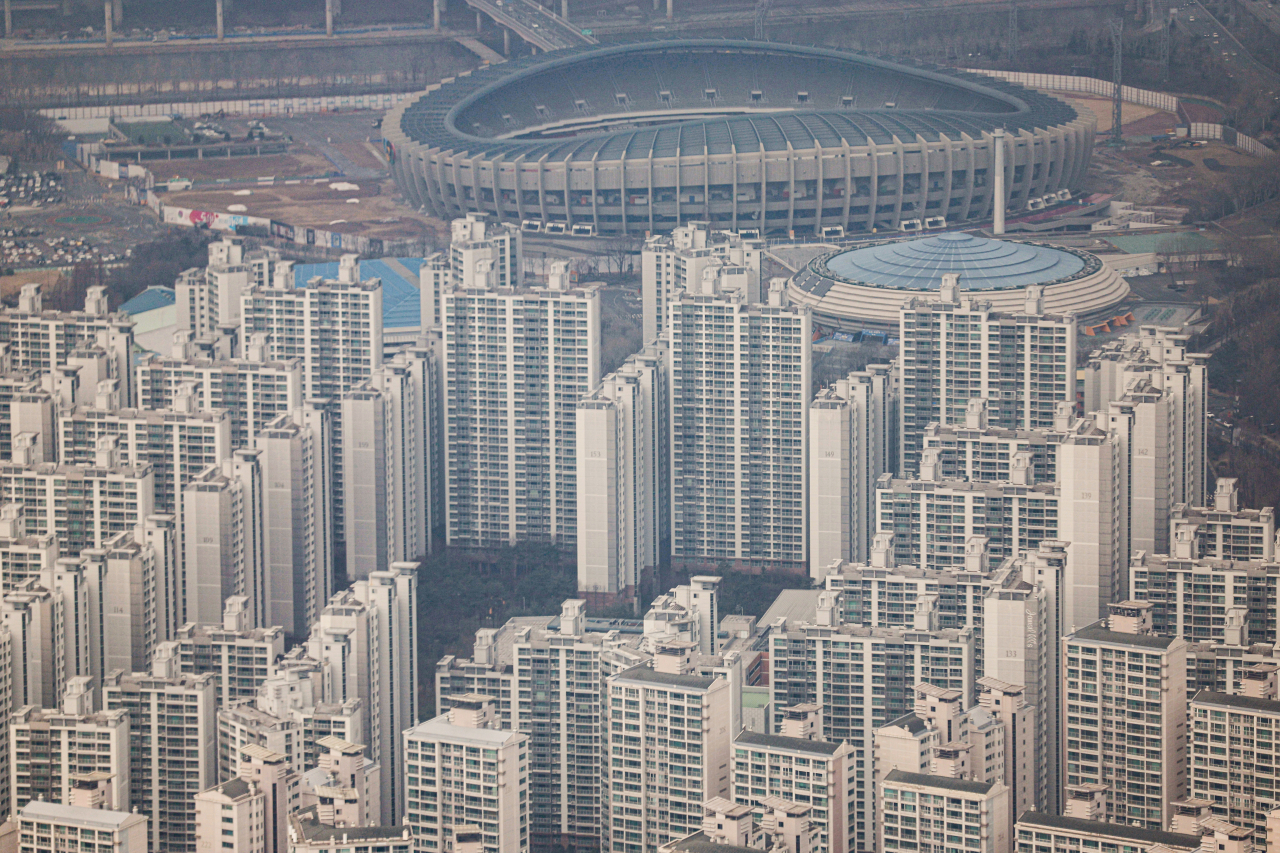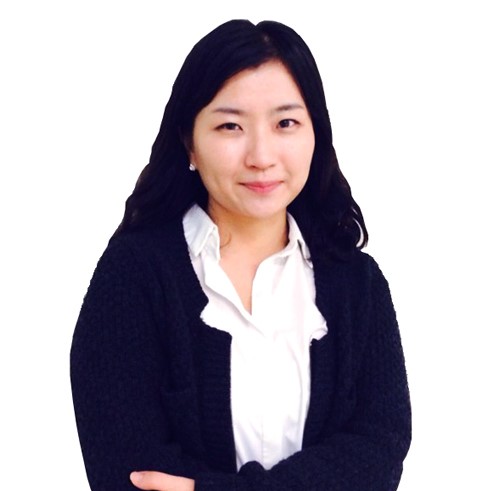New parents to get greater chance at buying home
Measures show desperation to reverse plummeting birth rate
By Park Han-naPublished : March 25, 2024 - 17:45

Housing supply measures, encompassing both the public and private sectors, revised to favor households with newborns came into effect Monday, with the intention to lower the burden of high housing costs as one of the factors pulling down the country’s fertility rate to the world's lowest level.
Starting from Monday, households with a child younger than 2 years old, including those with an adopted child or expectant mother, will be eligible to apply for a specialized and prioritized housing subscription system.
The supply volume totals 70,000 housing units per year, including 30,000 public homes, 30,000 public rental housing units and 10,000 in the private sector.
If a couple subscribes for the special and priority supply for newborns and wins the housing, the government plans to provide a low-interest “stepping-stone loan” from the Ministry of Land, Infrastructure and Transport and Korea Housing & Urban Guarantee Corp. The loan will be provided at interest rates ranging from 1.6 to 3.3 percent for up to 500 million won ($373,000) for couples with a combined annual income of less than 130 million won.
The housing subscription system is typically considered to be the most cost-effective way to purchase a home in Korea. The system allows those who have designated bank accounts to apply for new apartment subscriptions two or three years before construction is completed. When they win the right to buy a housing unit, they pay some money upfront, with interim down payments and the remainder to be paid in phases to finalize the contract.
As the government gave notice of the housing supply measure revision late last year, the number of housing subscription account holders showed an uptick for the first time in 20 months in February to stand at some 25.5 million.
“This system improvement will be of practical help in purchasing a home for households that are married or have children,” said Kim Kyu-chul, head of the housing land office at the Land Ministry. “We will make every effort to ensure that the housing sector serves as a stepping-stone to solve the low birth rate problem.”
The average number of children a South Korean woman has during her lifetime fell to a fresh low of 0.72 in 2023. A rate of 2.1 is generally necessary for a stable population.
Under the new measure, the government also eliminated disadvantages for married couples when they subscribe to increase their chances to purchase a home.
The disadvantage in housing subscription stemming from marital status has been eased, as such couples are now allowed to apply for a housing subscription system even if one's spouse has a history of winning the right to buy a house through the same system or owned a house before registering the marriage.
The income ceiling for applicants who are dual-income couples has been revised up to 160 million won per year from 120 million won to purchase publicly built housing units.
The relaxed housing purchase measures for households with newborns came after the government’s special mortgage program for them was well received.
The volume of applications for the special loan for newborns, which lends home purchase and lease funds at an interest rate as low as 1 percent, exceeded 4 trillion won within 40 days of its launch, serving as leverage for young homebuyers with children under the age of 2.
According to the Land Ministry on Thursday, a total of 16,164 loan applications worth 4.01 trillion won were received over the 40 days since its launch on Jan. 29.
The special loan for newborns is a system that provides home purchase funds of up to 500 million won at low interest to households without a home or households with one home who gave birth to a child within two years of the loan application date. Eligible homes are those priced at 900 million won or less with an exclusive area of up to 85 square meters.



















